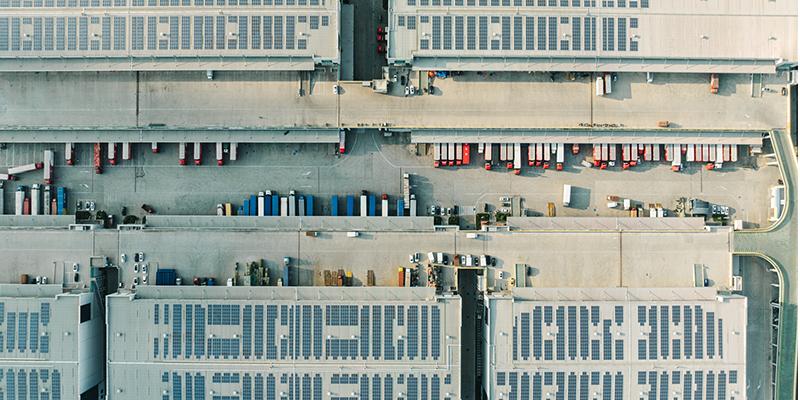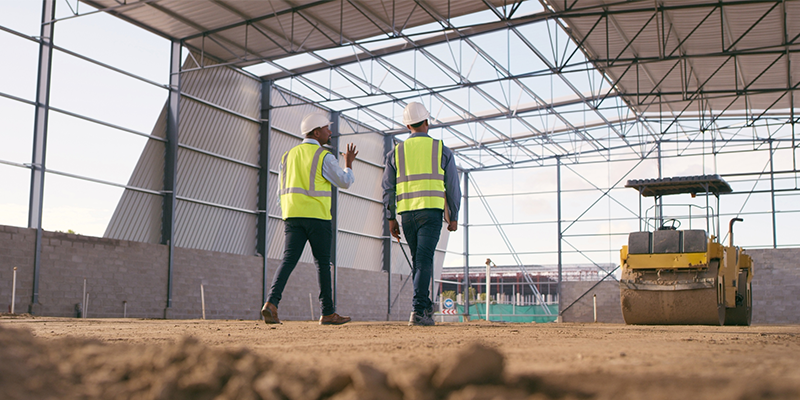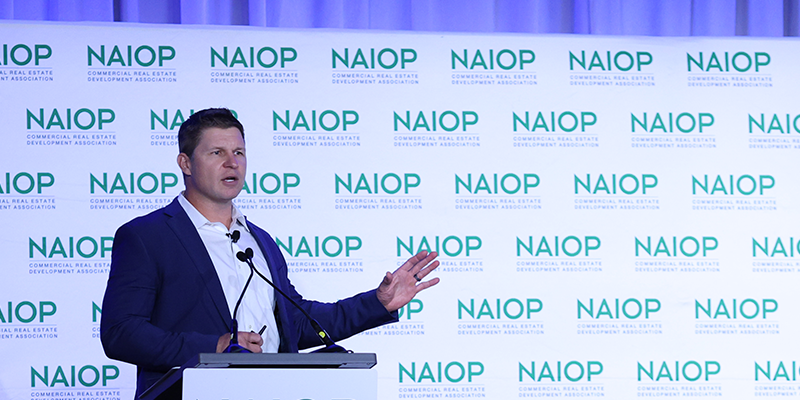The industrial sector has seen incredible growth and appreciation over the last number of years, even during the COVID-19 pandemic, yet many of the positive market forces have recently shifted. How can investors, developers and service providers position themselves for the future in today’s environment?
A panel discussion at I.CON East moderated by Erik Foster, principal, capital markets for Avison Young, addressed this question with the help of a powerhouse panel including Mike Brennan, chairman and managing principal at Brennan Investment Group; Matt Brodnik, chief investment officer at EQT Exeter; Amy Curry, chief strategy officer at Dermody Properties; and Dave Fazekas, partner and head of Ares industrial management at Ares Management LLC.
Where do you see the industrial market today?
“There are many things I like and a few things I don’t like,” said Brennan. “Because things were very, very good in our business, lots of people wanted to build new buildings and they did. That supply has yet to be fully delivered into the market. So, say it takes occupancy from 97% to maybe down as low as 94%. That’s still a healthy occupancy.”
Geopolitical issues are going to push more and more capital into the U.S., Brennan added – a real benefit to the sector that is yet to be fully felt. “The U.S. is the safest place to invest in, which is very important.”
“Over the last five years, we’ve had 80% rent growth on average over the entire country,” said Fazekas. “Our portfolio over the entire country is 97% leased, we’re renewing 95% of our tenants, and we’re increasing rents as leases expire by over 50%. It’s a pretty good business to be in right now.”
New starts on construction are at levels we haven’t seen since 2012, he added, pointing out that Amazon has been largely dormant the last few years but took 11 million square feet in the first quarter of this year, far more than in 2023. Some users that pulled back for a reset and recalibration following the COVID-19 pandemic are stepping back into the market.
“I think it’s important to take a step back and look at the context. We can’t compare ourselves to the crazy numbers that were posted in late 2020 and 2021 during the pandemic,” said Curry. The current “supply hangover” is based off the demand during that time, and after a lag, vacancies are starting to creep up. But looking at vacancies versus the historical averages, they’re still OK, she said.
Where are you putting money to work?
“We’re in 24 markets and we’re looking at almost all of them right now,” said Brodnik. Every market is different, and rents are even going backwards in some major markets. Backwards seems unbelievable, so he clarified: In Dallas, the company owned a building and had to compete with 15 other buildings for the same tenant. “We thought rent was $5.65 a foot and we did $5 a foot. Why? Because we needed to win the deal and occupy the building.”
He said a lesson learned coming out of the Great Financial Crisis was that “vacancy kills” – so when people say to be disciplined about rents, he’s inclined to tell them to send tenants his way, because he’d rather lease a building than keep it vacant.
Brennan brought up what he called the great industrial migration – the movement out of China and into Mexico that began five or six years ago driven by robotics and automation; labor costs; and geopolitical and military threat. “When the largest manufacturer in the world starts sending all their stuff over to North America, the real estate opportunity for the domestic investor is to invest along the border.”
“If I put you in a car and put a blindfold on you and drove you to Laredo, [Texas,] you’d say, ‘Why did you take me to the Inland Empire?’ It’s unbelievable what’s going on there,” Brennan said.
“Onshoring and near-shoring is real,” said Fazekas. “There’s the Inflation Reduction Act, there’s the CHIPS Act helping to incentivize all of this.” Manufacturing plants are being built, and entire supplier networks and ecosystems are built and formed around them.
“We see a lot of great opportunities in Europe right now, too,” Brodnik added. “If I were an investor, I would look at value-add Europe before the U.S.”
What’s ahead for industrial in the next 12-24 months?
“Not many people bought or sold much over the last two years,” Fazekas pointed out. Sentiment in Q3 2023 was low and there was no visible progress on inflation. “Going into this year, we’ve seen substantial appetite from investors buying product. Early on in Q1 we were selling some product and getting 20 bids in the first round.”
When there’s some normalization in rates and people have some visibility into pricing, the dollars are going to flow to industrial, he predicted.
“There’s a sense, as we turned into this year, that we’ve started to find our footing and focus on buying into a market that’s eventually going to start to improve,” Curry agreed. There are still certain deals that are tough to capitalize; there’s still a size threshold where lenders are comfortable or not.”
The panelists believe the cost of capital is going to continue to come down over the next two years, vacancies will top out sometime around the turn of this year – late 2024 or early 2025. Rent growth remains strong.
“We’re going to have to absorb some space here near-term, and it will be some choppy waters, but given all the things we’ve talked about, I don’t know why we wouldn’t be optimistic about where we sit and where we’re heading,” Fazekas concluded.

This post is brought to you by JLL, the social media and conference blog sponsor of NAIOP’s I.CON East 2024. Learn more about JLL at www.us.jll.com or www.jll.ca.








